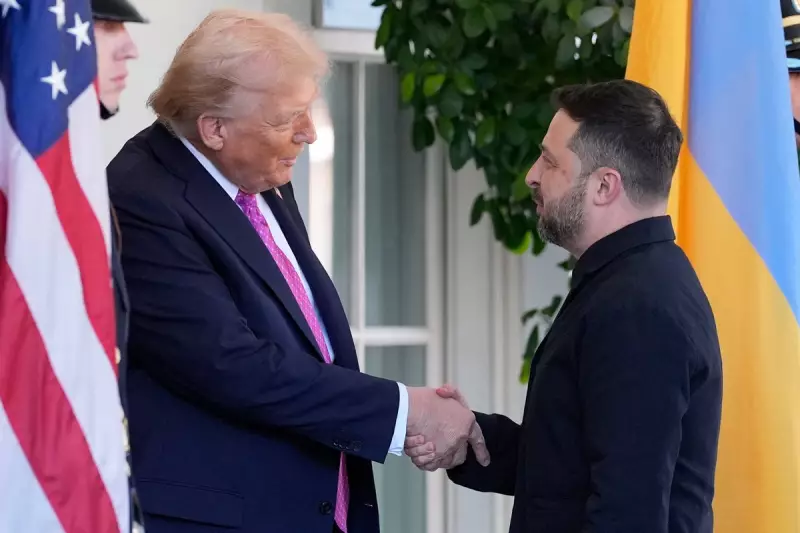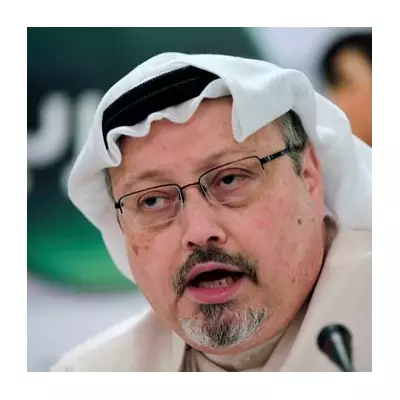
Ukrainian President Volodymyr Zelensky is travelling to Washington for a critical meeting with US President Donald Trump, sparking speculation that a peace deal to end the war in Ukraine could finally be within reach. The high-stakes meeting, scheduled for the week of Tuesday, 25 November 2025, comes as the conflict enters its fourth gruelling winter.
President Trump has fuelled optimism with a social media post suggesting that "something good just may be happening". This sentiment is set against a backdrop of American urgency to finalise an agreement, while Russia has shown a tentative interest in ending hostilities, albeit largely on its own terms. However, with a history of false dawns since the initial Russian invasion in 2014, the path to peace remains fraught with uncertainty.
The Driving Forces Behind the Rush for Peace
Several key factors are accelerating the push for a diplomatic solution. President Trump's characteristic impatience and his desire to add another foreign policy achievement to his record are seen as primary motivators. He has long expressed a belief that he deserves a Nobel Peace Prize.
On the ground, the realities of war are pressing for all parties. Russia, despite making gradual gains, is facing a slow and costly military campaign and a struggling economy. For Ukraine, the threats are twofold: a critical shortage of troops and the looming possibility of losing vital US intelligence support, which Trump has threatened to withdraw if a deal is not struck. Domestically, President Zelensky is also contending with a major corruption scandal, and a peace agreement "with honour" could be crucial for his political survival.
What's on the Table in the Peace Deal?
The specifics of the potential agreement have evolved significantly. The previously leaked 28-point Witkoff-Dmitriev Plan, which appeared heavily influenced by the Kremlin, has been set aside. That proposal was initially endorsed by Trump and presented to Ukraine on a "take it or leave it" basis, accompanied by the threat to cut intelligence cooperation.
In its place, a new "19 point plan", developed with European and Ukrainian input, has gained traction. This framework is considered more favourable to Kyiv, focusing on an immediate ceasefire followed by negotiations on the most contentious issues. Recent talks in Geneva between US Secretary of State Marco Rubio and a Ukrainian delegation were instrumental in moving beyond the original Russian script.
Major Sticking Points and Points of Agreement
Significant hurdles remain before any deal can be signed. The most prominent is the issue of territory. Ukraine is unwilling to cede lands in the Donbas that Russia has not yet conquered, a move that would grant Moscow a strategic advantage for any future conflict. This is directly linked to the strength of security guarantees offered by the US and a "Coalition of the Willing" led by France and Britain.
Other contentious topics include the future size of the Ukrainian armed forces, NATO membership, who will fund the massive task of rebuilding Ukraine, whether Russia should be allowed to rejoin the G7, and the process for ending sanctions.
Despite these challenges, there is common ground. Ukraine appears to have relinquished its ambition to reclaim Crimea and the easternmost parts of the country, while Russia has abandoned its initial goal of a swift and complete victory. Both sides agree that Ukraine can pursue EU membership and that prisoners of war will be returned.
As President Zelensky heads to Washington, the world watches to see if this diplomatic push will succeed where others have failed. While the grinding nature of the war suggests further Russian demands may be unacceptable to Ukraine and Europe, peace now seems closer than at any point since the full-scale invasion began in February 2022. There is a tangible hope that a resolution could be found before the war enters its fifth year.





